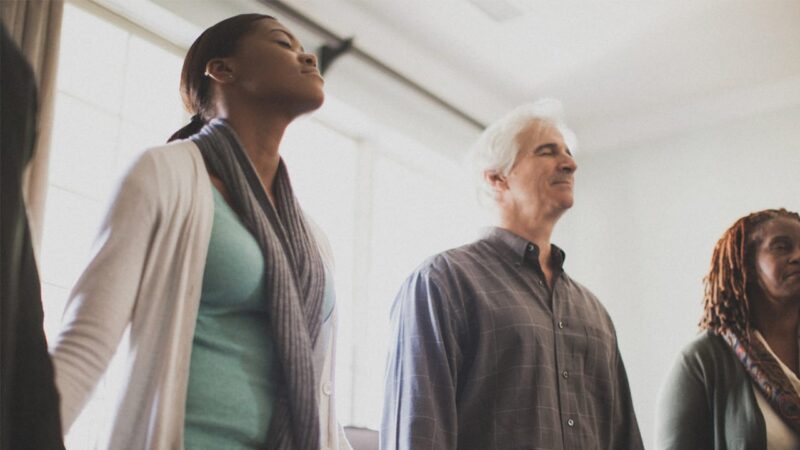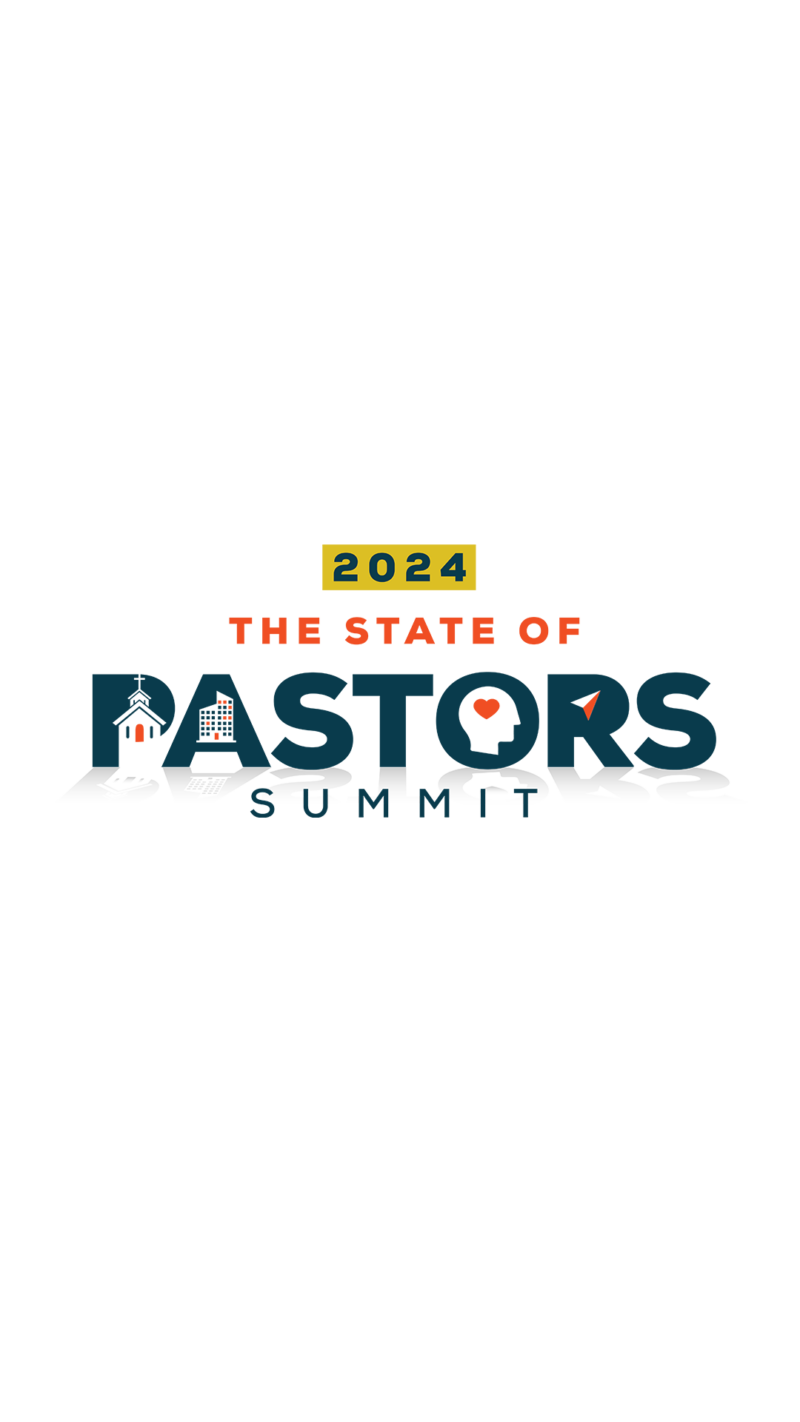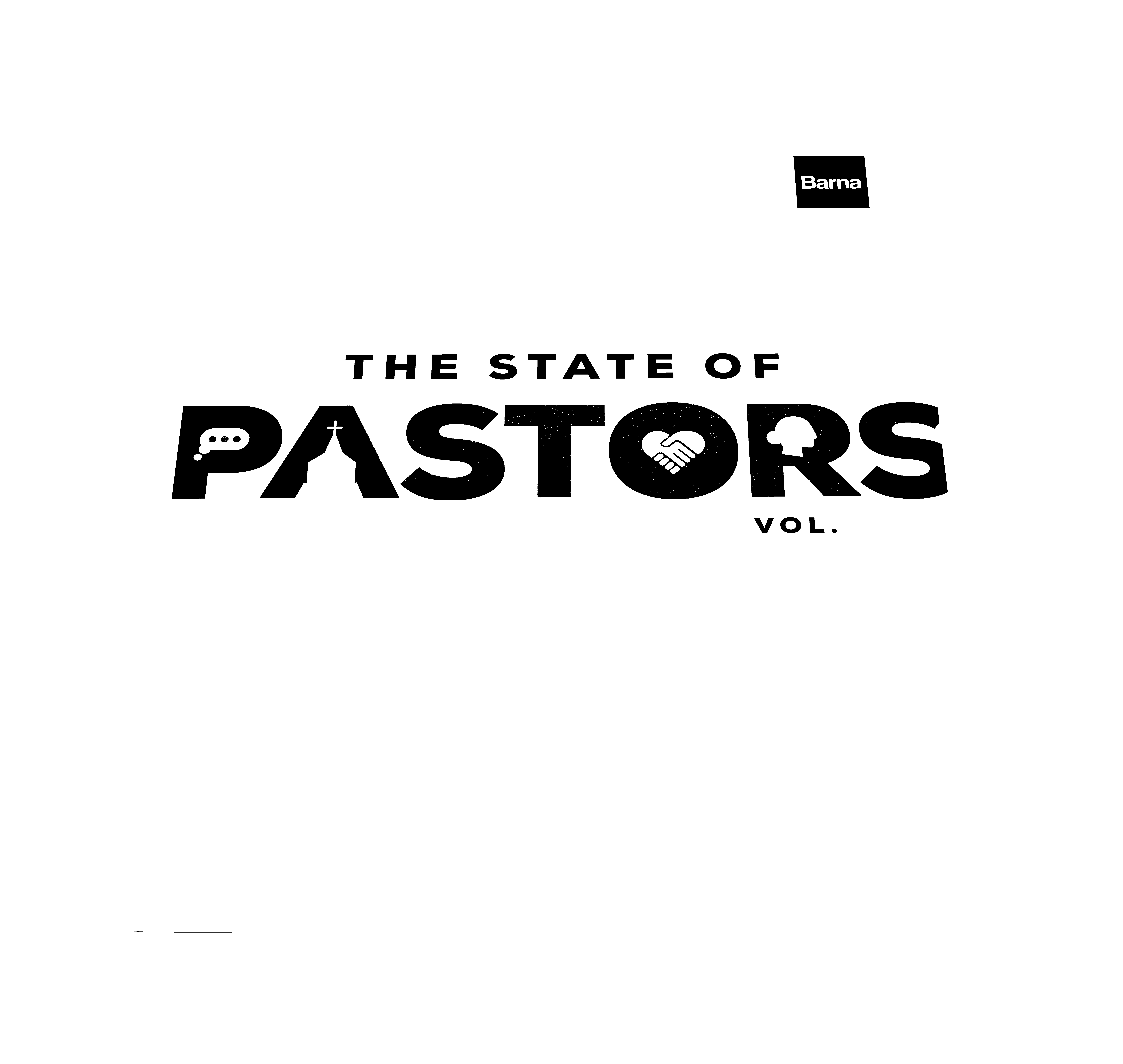Major Faith Shifts Evident Among Whites, Blacks, and Hispanics Since 1991
Studying the changes that have occurred in the religious beliefs and behavior of adults based on race and ethnicity shows that there has been lots of movement since 1991 – but perhaps not in the ways expected. These findings are part of the State of the Church – 2011 report from the Barna Group, accompanied by a series of commentaries by George Barna at www.georgebarna.com.
Your Leadership Toolkit
Strengthen your message, train your team and grow your church with cultural insights and practical resources, all in one place.
- Read Part 1: General Trends
- Read Part 2: Generational Trends
- Read Part 3: Gender Differences
- Read Part 4: Racial/Ethnic Differences
- Read Part 5: Regional Faith
- Read Part 6: By Faith “Tribes”
Changes in the Faith of White Adults
Among the six religious behaviors tracked by Barna since 1991, white adults experienced statistically significant shifts in five of those behaviors.
- Weekly church attendance declined by nine percentage points, dropping from 48% in 1991 to 39% in 2011.
- Adult Sunday school attendance also dipped by nine percentage points, from 23% to 14%.
- Bible reading dropped by five percentage points, sliding from 42% to 37%.
- Volunteering at a church during a typical week fell by eight percentage points since 1991, from 26% down to 18%.
- The proportion of white adults who qualify as “unchurched” – defined as having not attended any church services during the previous six months, other than those for special occasions such as a wedding or funeral – rose from 25% in 1991 to 40% today.
- The only religious behavior among the six tracked since 1991 that did not change significantly was attending a church of 600 or more people. Among whites, that proportion remained constant (17% in 1991, 18% in 2011).
Of the eight religious beliefs that have been followed by the Barna Group since 1991, white adults showed significant shifts in three of those.
- White adults are six percentage points less likely to have an orthodox view of God today than was the case in 1991. (Such a perspective was described in surveys as believing that God is “the all-knowing, all-powerful and perfect Creator of the universe who still rules the world today.”) In 1991, 72% of whites held that view; today it is 66%.
- The Bible is on shakier ground among white adults these days, as witnessed by the seven percentage point drop in those who firmly agree that the Bible is totally accurate in all of the principles it teaches. That has declined from 43% in 1991 to 36% today.
- Despite the other challenges represented by changes in the religious faith of whites, the proportion of them who can be categorized as “born again” – defined as having made a personal commitment to Jesus Christ that is still important in their life today, and believing that they will enter Heaven solely because they have confessed their sins and have accepted Jesus Christ as their savior – has increased. In 1991, 35% of white adults fit that profile, compared to 41% in 2011.
- White adults showed no significant shifts in beliefs related to the importance of their faith, their willingness to self-identify as a Christian, having made a personal commitment to Christ, believing that Satan is merely symbolic, or adopting a sense of responsibility for sharing their faith with those who believe differently.
Your Leadership Toolkit
Strengthen your message, train your team and grow your church with cultural insights and practical resources, all in one place.
Changes in the Faith of Hispanics
The ethnic group that reflected the most profound level of religious change over the last 20 years was Hispanics. Not only did Hispanics see the greatest number of the 14 religious variables shift, but the magnitude of the changes they have experienced dwarfed the changes relevant to white and black adults.
Of the six religious behavior factors tracked, Hispanics have experienced statistically significant change related to five of those domains.
- Church attendance dropped by 21 percentage points, from 54% to 33%.
- Adult Sunday school attendance among Hispanics declined from 28% to just 9%.
- Bible reading plummeted from 55% to 30%.
- Attending a church of 600 or more people is much more likely these days among Hispanics. While that was the case among less than 1% of Hispanics in 1991, 24% attend a large church today.
- The percentage of unchurched Hispanic adults has doubled in the last two decades, jumping from 20% in 1991 to 40% today.
- The only behavior that did not transition substantially in the past 20 years was church volunteerism. While even that statistic sank from 22% back in 1991 to 13% in 2011, the gap is not sufficiently large to exceed the maximum possible sampling error.
There were many changes in the religious beliefs of Hispanics, too. Of the eight core beliefs measured, Hispanic adults showed major changes in relation to half of them.
- In 1991, two-thirds of Hispanic adults (66%) said their religious faith was very important to them. Today, only half hold that view (51%).
- Orthodox views of God are far less common among Hispanics today. In 1991, almost nine out of ten (88%) held such an outlook. Now, barely six out of ten do so (62%).
- The veracity of the Bible has taken a beating in Hispanic circles over the last two decades. In 1991, 62% of Hispanic adults strongly agreed that the Bible is accurate in all of the principles it teaches. That has dropped to just 32% now.
- Evangelism is viewed much more dimly these days by Hispanics. While about half of them (48%) felt they had a personal responsibility to share their religious beliefs with those who believe differently back in 1991, less than two out of ten (18%) possess that same view today.
Changes in the Faith of Blacks
The most stable group of the three racial/ethnic segments has been the blacks. During the past 20 years, they have undergone significant change in just two of the 14 religious variables tracked.
- In 1991, 38% of black adults volunteered at a church during the course of a typical week. That figure had fallen to 30% by 2011.
- Twenty years ago nearly nine out of ten black adults (88%) held an orthodox perspective on the nature of God. Today the figure is eleven percentage points lower (77%).
Your Leadership Toolkit
Strengthen your message, train your team and grow your church with cultural insights and practical resources, all in one place.
Comparative Standing
The Barna report indicates that the segment that possesses beliefs most likely to align with those taught in the Bible are blacks. On five of the eight belief factors, blacks were more likely than either whites or Hispanics to reflect a scriptural view. Specifically, blacks were more likely than other segments to say:
- Their religious beliefs are very important in their life today
- They have made a personal commitment to Jesus Christ that is still important in their life today
- They believe that God is “the all-knowing, all-powerful and perfect Creator of the universe who still rules the world today”
- They strongly agree that the Bible is totally accurate in all of the principles it teaches
- They have a personal responsibility to share their religious beliefs with other people who might believe differently than they do.
When the data pertaining to religious behaviors is examined, blacks stood out from the crowd on five of the six behaviors. In particular, the study shows that blacks were the most likely to:
- Engage in church-centric activities, such as attending church services, attending a Sunday school class, and volunteering at their church during typical week
- Read the Bible, other than at church events, during a typical week
- Blacks were the least likely segment to be unchurched. In fact, they were only half as likely as either whites or Hispanics to be unchurched.
On each of the next two days (August 3 and 4) the Barna Group will release additional summaries regarding how the 14 religious factors tracked since 1991 have shifted in relation to people’s region of residence and religious affiliation. George Barna will continue to provide commentary after each release on his blog site.
These Updates come shortly after the release of Barna’s newest book, Futurecast, which examines national trends in a wide array of areas including family, lifestyles, entertainment, technology, values, attitudes, demographics, and media consumption, in addition to religious beliefs and behaviors.
Additional Reading and Resources
- To read additional commentary about these trends, and to leave your own thoughts, go to georgebarna.com
About the Research
The data from which the trends are drawn is based on the annual OmniPoll™ survey conducted by the Barna Group each January of 1,000 or more adults. The 1991 survey included 1,005 adults randomly selected from across the United States. The comparable 2011 survey included 1,621 randomly chosen adults. Although the Barna Group has been conducting such research since 1984, it was not until 1991 that many of the core tracking questions used by the company were developed and then followed annually.
About Barna
Since 1984, Barna Group has conducted more than two million interviews over the course of thousands of studies and has become a go-to source for insights about faith, culture, leadership, vocation and generations. Barna is a private, non-partisan, for-profit organization.
Related Posts

Racial Divides in Spiritual Practice
- Faith
-
From the Archives
Get Barna in Your Inbox
Subscribe to Barna’s free newsletters for the latest data and insights to navigate today’s most complex issues.




